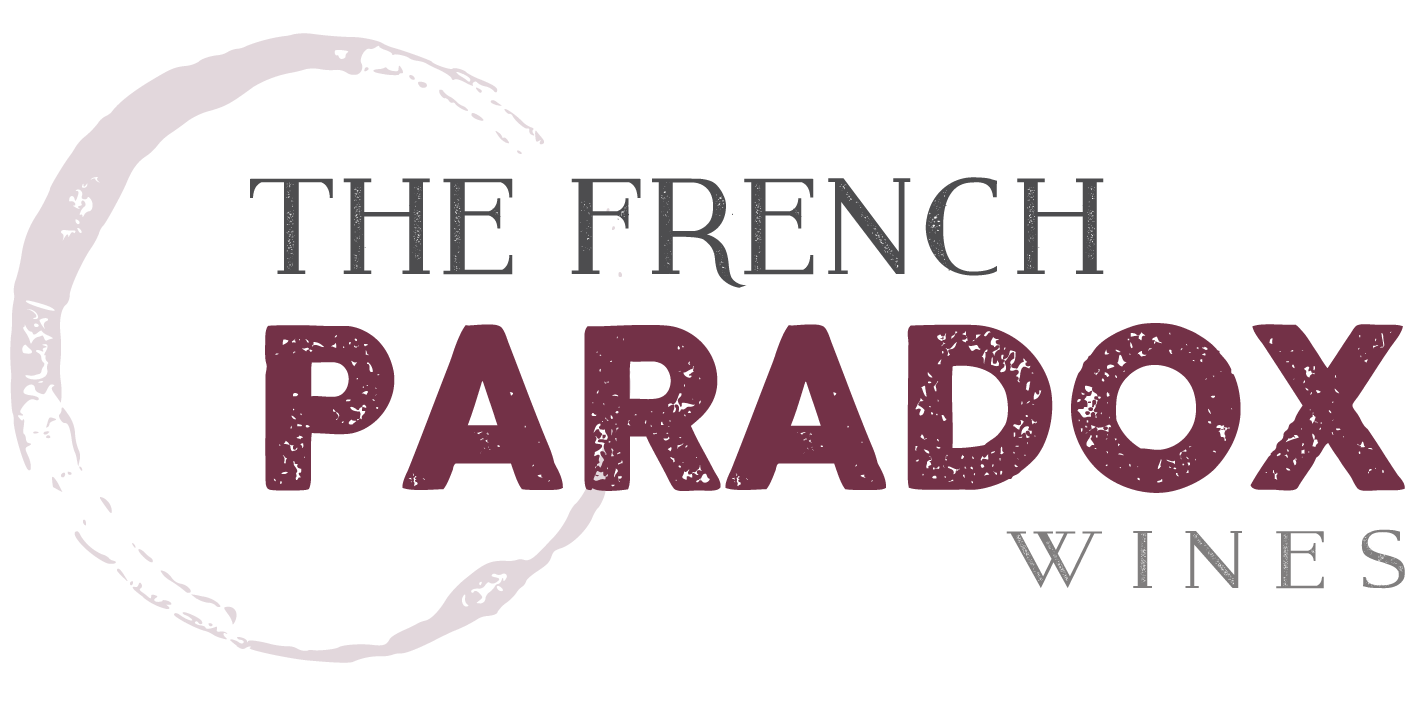Explorer Pack #7: Tuscany
The Tuscan wine landscape loosely encompasses the vineyards located between Florence and Rome on the western side of Italy. Dozens of grape varietals call Tuscany home and its communes vary widely in terms of climate and soil depending on their elevation and proximity to the Mediterranean Sea. Winemaking styles are also diverse, with an increasing interest in both the most classical and modern methods of production. While Sangiovese will always be the most important red grape variety of the zone in terms of both quality and quantity, many producers continue to experiment with Bordeaux varietals with success. White varietals have historically been an afterthought in the region,however more recently planted, cooler vineyard sites produce mineral driven complex wines.
This July we explore six wines from sunny Tuscany that demonstrate the many facets of the zone. The wines are in stock and your 6pk awaits at $150 per set.
2019 Fontaleoni
Vernaccia di San Gimignano
Located to the west of Chianti Classico, San Gimignano is known for the idigienous Vernaccia varietal. The soils here are a combination of mostly sand with some instances of clay imparting distinct mineral characteristics to the resulting wines. Unoaked bottlings such as the 2019 Fontaleoni offer a fresh, crisp drink that is not without texture and weight. The majority of Vernaccia di San Gimignano is intended for consumption in its youth.
2019 Antinori “Guado al Tasso”
Bolgheri Vermentino
Long a staple of the vineyards of Southern France and Sardinia, Vermentino is also found in several parts of mainland Italy, the Bolgheri zone producing some of the most powerful examples. Guado al Tasso is the Antinori family’s prized piece of coastal Tuscan property with Vermentino being the sole white varietal planted in its silty, sandy vineyards. Tropical fruit aromas and flavors, especially pineapple, inform the nose and palate. This is a rich white that compliments shellfish dishes perfectly.
2020 Istine
Rosato Toscana
While Rosato makes up a very small portion of Tuscan wine production, the number of available bottlings continues to increase. Employing fruit from the Gaiole commune of Chianti Classico, Istine produces this fine Rosato from 100% young vine (10 years old) Sangiovese. Macerated for six hours on the skins before being transferred to stainless steel for fermentation, this is a brightly lit Rose that is both chewy and refreshing.
2019 Volpaia
Chianti Classico
Volpaia is located in the high elevation Radda commune of Chianti Classico and has long been known for producing Sangiovese of structure and grip. 10% Merlot is included in this Classico bottling providing subtle plum accents to the otherwise dominant red cherry fruit characters of the wine. Aged for 12 months in large neutral oak, the 2019 displays the ripe fruit of the vintage and the elegant nature of its Radda origins.
2016 Casanova di Neri
Brunello di Montalcino
Located southeast of Chianti Classico, no other Tuscan sub region generates greater fanfare than Montalcino. The Brunello (Sangiovese) clone is specific to the zone and with the assistance of sunny, warm conditions yields intensely ripe grapes. Casanova di Neri’s vineyards are located in the southeast corner of Montalcino and the 2016 bottling impresses with its weight and generosity of fruit. This bottling is relatively accessible today and should evolve positively over the next 5 – 7 years.
2014 Tenuta di Ghizzano
Nambrot Costa Toscana
Tenuta di Ghizzano is located in the Terre di Pisa zone just inland from the Tuscan Coast. The Nambrot bottling is composed of 60% Merlot 20% Cabernet Franc and 20% Petit Verdot aged for 18 months in small French oak. A delicate nose of cedar, red currant and clove segues to a medium weight, fine grain textured palate for this Bordeaux inspired bottling. In the case of the 2014, the wine’s Tuscan origins offer savory, sunny characters which outweigh the influence of the international varietals employed for the blend.
